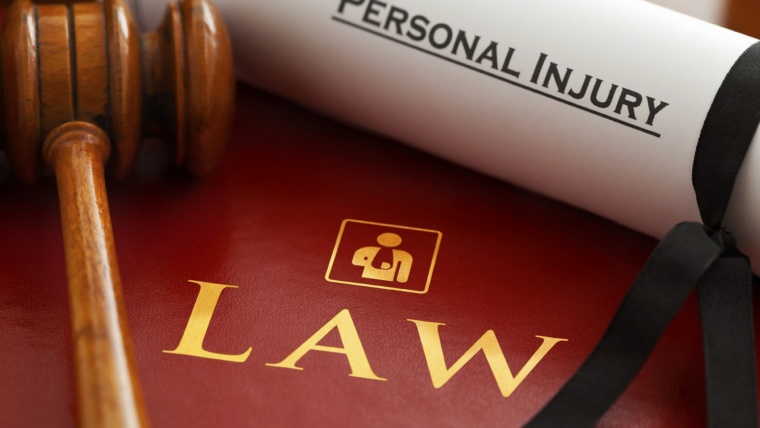No matter how careful and cautious you may be, you are bound to experience an accident or injury at some point. Perhaps you are out for a day of shopping at the mall when you have a “slip and fall” in one of the stores. Maybe you are driving Route 140 when you are hit by another car at an intersection. Perhaps you are just trying to get some exercise when you fall off your bicycle and suffer serious road rash or a head injury.
Some accidents can result in serious injuries and significant expenses. When you have an accident like these and it was someone else’s fault, you may be entitled to compensation for your injuries. Perhaps your slip and fall occurred because the floor in the store was wet, and the owner failed to post a “caution” sign. Maybe your car accident occurred because another driver ran a red light. Maybe your bicycle was not manufactured correctly when you purchased it.
How Do I Prove a Personal Injury Case?
A personal injury case can include different types of law suits. For example:
- Car or truck accidents;
- Slip and fall cases;
- Wrongful death suits;
- Pedestrian accidents;
- Product liability; or
- Premises liability cases.
In most personal injury cases like these, someone is either injured or sustains property damage as a result of someone else’s negligence. If you can prove negligence with the required amount of evidence, you may be able to recover financially for your injuries.
How Do I Prove Negligence?
To prove that another party was negligent, you must prove four things in your personal injury case:
- The other party owed you a duty of care. To prove negligence, you must first establish that the other party was obligated to exercise care in the way they acted. For example, when driving, each party owes other drivers a duty to follow the traffic laws and drive responsibly.
- The other party breached their duty of care. You must also show that the other party failed to exercise a reasonable level of care. For example, if the other party exceeds the legal speed limit or ignores a traffic signal, they breach their duty of care.
- You suffered actual damages as a result of the accident. You must also prove you suffered actual damages. These can include property damage or physical injuries. It also may include financial expenses resulting from your injuries, such as:
- Medical bills
- Hospital stays
- Doctor visits
- Cost of rehabilitation
- Lost wages
- Pain and suffering, and more
- The other party’s actions proximately caused your injuries. Finally, you must prove that your injuries were the direct or proximate result of the other party’s actions. Generally, this means that a reasonable person would find it likely that someone would be injured as a result of the other party’s behavior.
Be aware, however, that Maryland is one of only a few states that applies a legal concept called “contributory negligence.” This means that even though you may prove that the other party was negligent, if you also were negligent and your actions contributed to your injuries, you may not recover anything from the other party.
How Much Proof Do I Need in a Personal Injury Case?
To succeed in any personal injury case, you must provide evidence to a judge or jury that the other party was negligent. Your evidence might include:
- Witness testimony;
- Police reports;
- Pictures of the accident scene or faulty product;
- Pictures of your injuries;
- Medical bills, and more.
How much proof you need in a personal injury case is called the “burden of proof.” In Maryland, the burden of proof necessary to win a personal injury case is “by a preponderance of the evidence.”
Proving your case by a preponderance of the evidence means that you present enough evidence to convince the judge or jury that it is more likely than not that your side of the story is accurate or correct. The other party may present evidence that supports their side of the case as well. However, you will satisfy the burden of proof by a preponderance of the evidence if there is more evidence supporting the likelihood of your side of the case. If the judge or jury is convinced that your version of the facts is 51% likely to be correct, then you have satisfied your burden of proof by a preponderance of the evidence.
Make Sure You Satisfy Your Burden of Proof in Your Personal Injury Case
In most personal injury cases, there are facts and evidence that support both sides of the case. Convincing a judge or jury that your version of what happened is more likely to be true by a preponderance of the evidence is not easy. You must be sure the evidence in your case supports your case more than it supports the other party’s side.
If you have been injured in an accident in Carroll County, let the personal injury attorneys at Hoffman, Comfort, Offutt, Scott & Halstad, LLP help you satisfy your burden of proof in your case. We will help you collect the relevant evidence you need to show, by a preponderance of the evidence, that the other party was at fault and that you deserve to be fully compensated for your injuries. Get in touch with us today at 410-848-4444!






